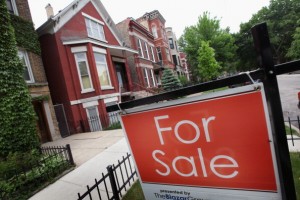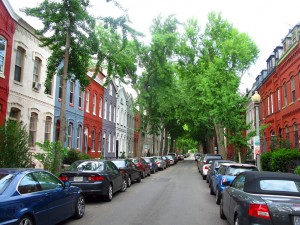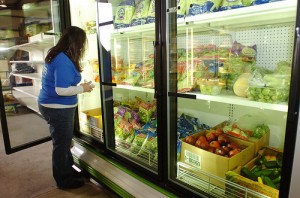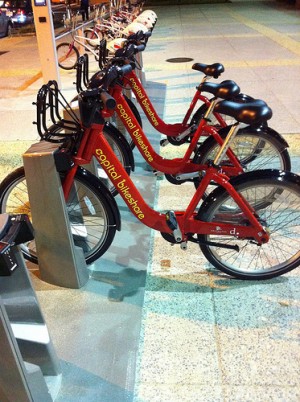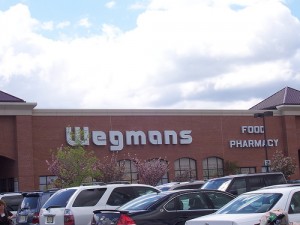
Flickr: Marie In Shaw
Formerly known as Timor Bodega, Field to City market in Bloomingdale offers organic produce, dairy and meat.
“Community-owned assets, not big-box stores, will solve the ‘food desert’ problem” according to Grist, an environmental blog.
A USDA report [PDF] to Congress in 2009 suggested that the average food in such big-box grocery stores (as Safeway, Alberston’s, Winn-Dixie, or Walmart) is priced 10 percent lower than its counterparts in independently owned corner stores, roadside stands, or farmers markets. What’s more, the USDA claimed that “full service” big-box stores offer more affordable access to food diversity than do other venues…
The fatal flaw of the Obama strategy to reduce hunger, food insecurity, and obesity in America is that it risks bringing more big-box stores both to poor urban neighborhoods and to rural communities. It categorically ignores the fact that independently owned groceries, corner markets in ethnic neighborhoods, farmers markets, CSAs, and roadside stands are the real sources of affordable food diversity in America. But in its 2009 report to Congress, the USDA conceded that “a complete assessment of these diverse food environments would be such an enormous task” that it decided not to survey independently owned food purveyors. Therefore, it decided to ignore their beneficial roles and focus on the grocery-store chains that now capture three-quarters of all current foods sales in the U.S.
In today’s Washington Post, food writer Tim Carman notes that an innovative concept is coming to D.C.’s food deserts: a mobile farmers market, housed in a converted bus. According to its successful Kickstarter fundraising page, the Arcadia Mobile Market could be “the most visible and direct way to navigate a number of urban spaces to get much-needed fresh food to people in the nation’s capital.”



